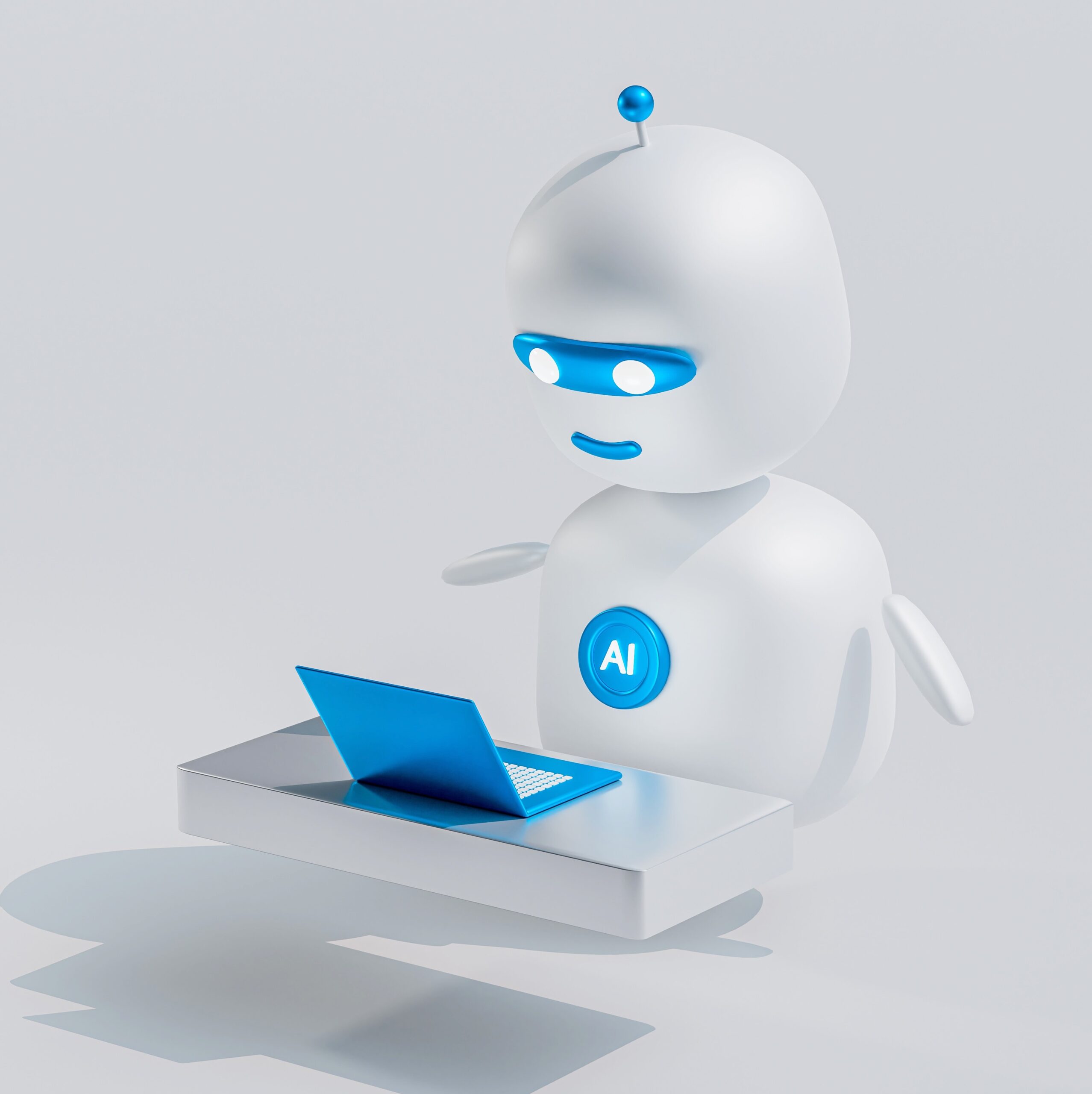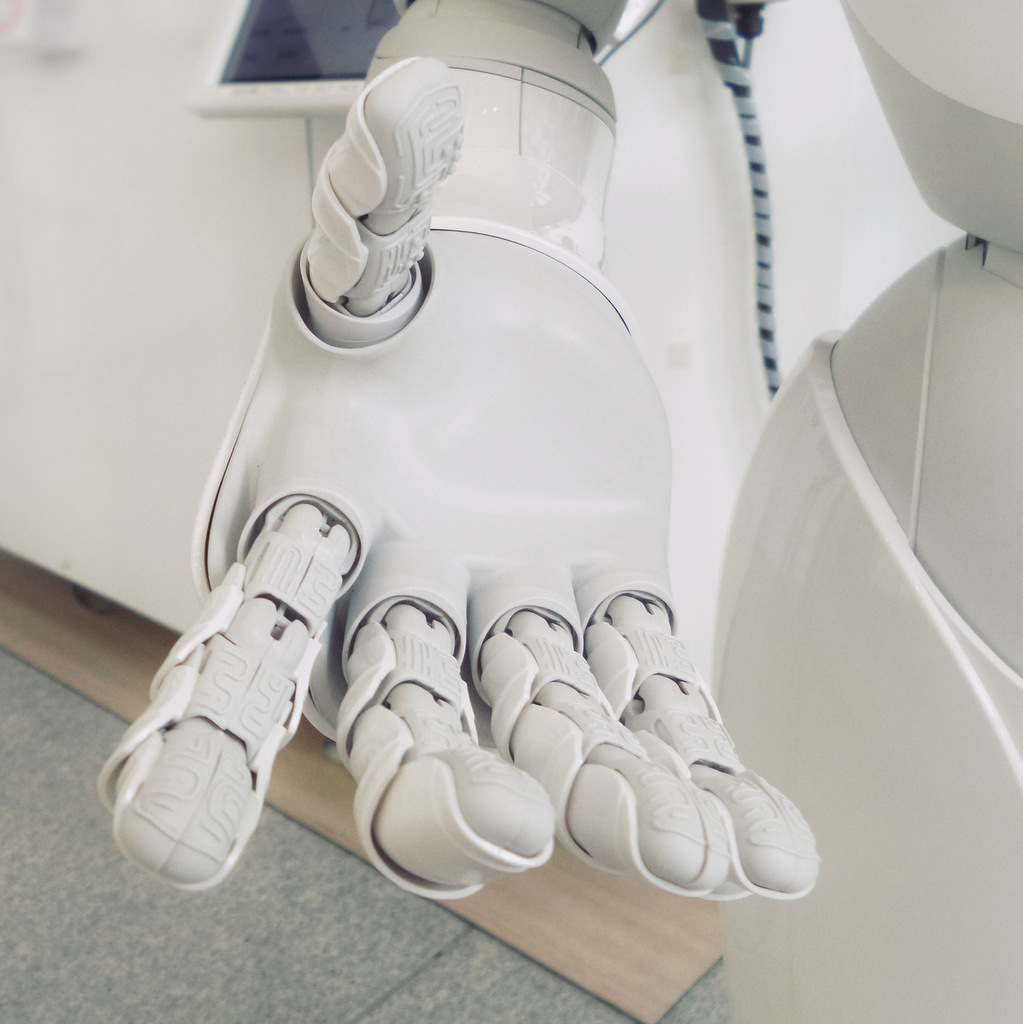Beyond Automation: Why Corporate Transcriptions Rely on Human Expertise
Why Human Experts Still Play An Important Role in Corporate Transcriptions
In an increasingly AI-driven world, corporate transcriptions are going through a transformation that is still reliant on human expertise. Corporate transcription is the process of converting audio and video recordings into text. Corporate transcriptions tend to rely on automation for preparing important documents, but while automation allows humans to focus on higher-level tasks, it can’t do everything.
This is why human experts still play an important role in the process. Machines paired with humans can create faster and better results than either alone. So, what exactly makes AI so effective at automating some parts of your workflow while being ineffective at others? Let’s unpack this further in the article below.
Automation Paired With Human Expertise
Automation is great, but there’s a limit to what machines can do. Machines are good at repetitive tasks and processing large amounts of data. However, they’re not great at creative tasks and ones that require common sense or human interaction. Even with the increased advances in machine learning, we have not yet reached the point where this has practical applications.
Machines are also not ready to tackle tasks that require flexibility and creativity. If a task requires both, it’s probably best to leave it up to a human being. This is not necessarily a bad thing, as both make up for each other’s shortfalls. While there appears to be a global rush to hand everything over to the machines, this is not the way to go just yet.

Artificial Intelligence Is Not a Silver Bullet for Transcription
AI can help automate certain tasks, such as transcribing audio and translating languages. However, AI is not a “silver bullet” that can replace human intelligence in every situation.
AI-based transcription tools have improved dramatically over the last decade and are now very accurate at recognising speech patterns. But even the best systems don’t work all the time. Mistakes occur when difficult or unusual words or phrases are encountered. Another example is when people talk too quickly, in the case of telephonic conversations.
To get around these issues, you can use human transcriptionists as a backup. When an AI system makes a mistake, it’s common to re-record the audio and use the human transcript as your new reference point. This ensures that everything is 100% accurate before you move on with your project. It is also a common method used to ensure accuracy and faster turnaround times.
Human-Machine Collaboration Will Make Transcription More Efficient
While machine learning is a powerful tool, it’s not always a perfect fit for all transcription tasks. For example, if you have to transcribe a long conversation or interview that spans multiple days or hours, your best bet may be to use a human transcriptionist. While it may sound tedious, it can help to ensure the accuracy of what was discussed. This is one area machines can help to save on time.
Human-machine collaboration will make human transcription more efficient by combining the strengths of both humans and machines. Humans can provide feedback on what the computer should focus on next, while machines provide analysis of audio files at scale without missing key details like names or titles.

To get the best results, you should consider how to use a combination of human and machine learning in your transcription workflow. The reliance on AI-driven tools is already influencing the future of work and greater human-machine collaboration will be a prerequisite for the workplace of tomorrow.
The Growing Demand for Collaborative Intelligence Services
Corporate transcriptions services are an important part of the corporate world. As companies strive for success, they need to be able to respond quickly and efficiently to market changes. Transcription is one of the most common ways that businesses accomplish this goal by helping them gain instant access to key information from phone calls, meetings and other communications.
The demand for these types of services is high because they provide such an incredible value proposition. Human transcriptionists are able to convert audio files into written text, while also producing higher quality results than any software program could produce on its own.
Transcription services are not just for large corporations. Small businesses can benefit from them as well. In fact, many small businesses use transcription services to keep costs down and provide a valuable service to their clients at no additional cost. This is especially true for businesses in the legal industry that need to transcribe audio files from depositions or other types of court proceedings.
A Collaborative Effort
Humans and machines working together create better results faster than either can alone. The human transcriptionist learns from the machine’s efficiency, while the automated system learns from the human’s experience. The two parties work together to create a better product that would not have been possible without this unique synergy. This is a win-win situation for both parties involved in a corporate transcriptions service.
This means that the customer receives accurate transcripts in less time than ever before and the vendor saves money on manual labour costs while providing their customers with better quality transcripts at a more reasonable rate per hour than ever before.

This is one ideal scenario where both parties benefit. Both client and service provider now form an integral part of the human-machine value chain. By marrying human expertise with the efficiency of AI-powered tools, the end product is guaranteed to be of an impeccable standard each and every time.
Benefits of a Human-Machine Collaboration for Corporate Transcriptions
As we’ve just learned, automation is a great way to speed up the transcription process and make it more efficient. However, there are some tasks that machines just can’t do as well as humans. This is where human-machine collaboration comes in. By combining the strengths of both types of systems; artificial intelligence with human expertise, we can create faster and better results than either can achieve on their own.
